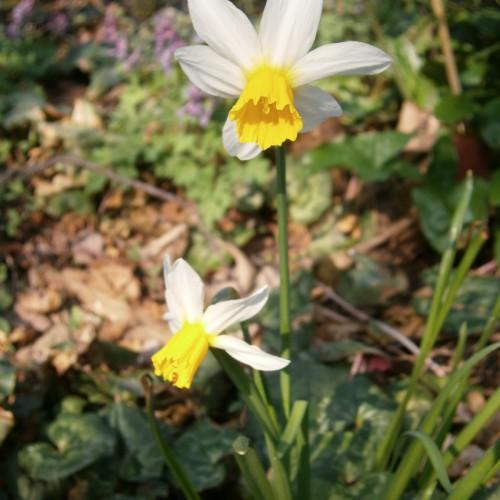
cyclamineus daffodil
Narcissus 'Jack Snipe'
Cycle:
Perennial
Watering:
Average
Hardiness Zone:
4 - 8
Flowers:
Flowers In Spring
Sun:
Full sun,part shade
Leaf:
Yes
Growth Rate:
Low
Maintenance:
Low
Care Level:
Medium
watering
Cyclamineus daffodil (Narcissus 'Jack Snipe') requires moderate amounts of water when planted in the ground. During the summer, water the plants regularly, approximately every other day when the weather is warm and dry. During periods of rain the plants can be watered less often. When planted in containers, be sure to water the plants every 1-2 days and adjust the frequency of watering depending on the weather. During the winter months, water the plants less frequently, approximately every 7-10 days when the weather is dry and warm. During the cold months, the plants should be watered only when the top 1-2 inches of the soil becomes dry.
sunlight
Cyclamineus daffodils (Narcissus 'Jack Snipe') require full sunlight in order to thrive. They should receive direct, unfiltered sunlight for at least 6-8 hours a day. During the spring and summer months when the days are longer, they will receive all the sun they need, however, during winter when daylight hours are shorter, they may need supplemental lighting to survive. It is recommend that gardeners use a grow light system to give them the additional light they need during the winter months.
pruning
Cyclamineus daffodils should be pruned in the early spring, just after they have finished flowering. It is best to remove the foliage, as the leaves will die naturally and removing them may help improve air circulation in the planting area. Prune any foliage down to just 1 inch above soil level. However, avoid pruning too far as this will reduce the chances of successful bulb regeneration. Even if the flower heads look dead, it is best to leave them on the plant as they may still be working to generate energy for the bulb. If you do remove the flower heads, do not excessively prune the stems.
